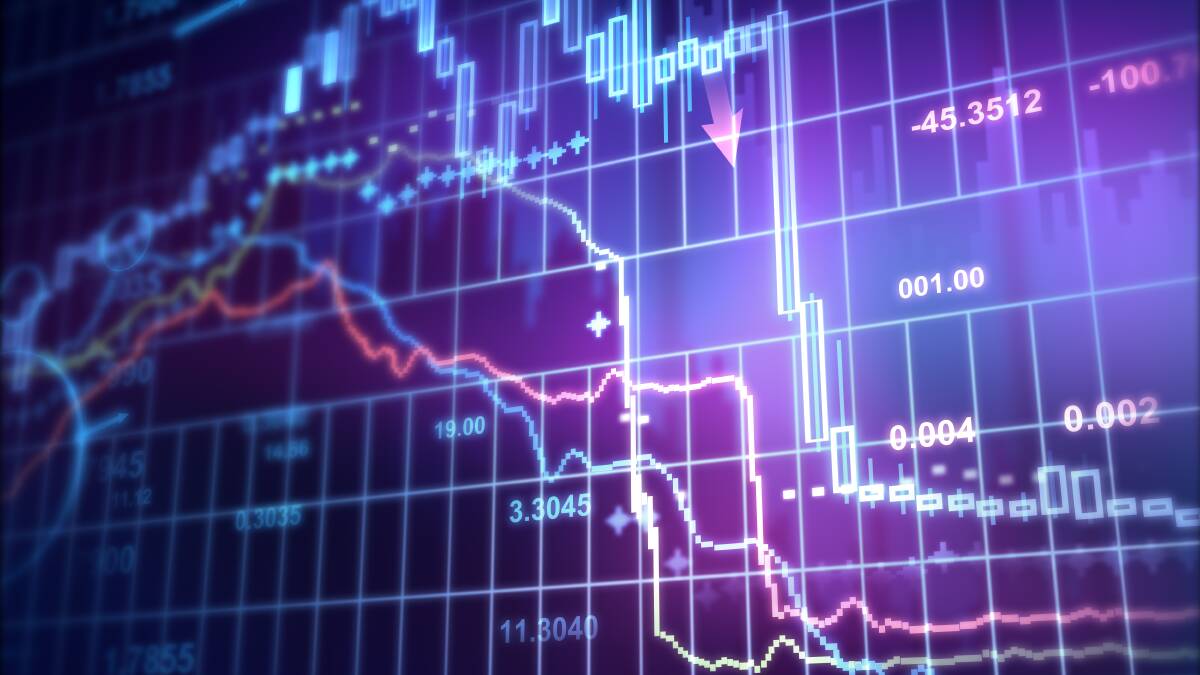
The universe of assets that have delivered positive year-to-date returns in 2022 is small, and shrinking. As has been the case for most of this year, this sub-set is largely leveraged to the commodity story. In contrast, the list of under-performing financial assets continues to grow, with defensive assets such as US Treasuries now losing as much or more than some major equity markets (such as the Nikkei). The tech sector continues to under-perform most other financial assets, except for Bitcoin.
Subscribe now for unlimited access to all our agricultural news
across the nation
or signup to continue reading
See subscription optionsIn Australia, the valuation summary is quite different. The price/earnings ratio of the ASX200 is at long term averages, but most sectors still look expensive apart from Materials and Energy. Any further correction from here will be driven by earnings downgrades. One could argue that the recent re-pricing of equity markets represents the first step in a broader valuation adjustment that could take place in two phases. The first is a move from expensive valuations to less expensive valuations. The second phase is a move from less expensive to cheap. It is worth noting that the move in the S&P500 from its recent high to low was -19 per cent which is about 70pc of the average recessionary decline in the Index. On this metric, equities have some modest downside from here, which could potentially see a recession that is relatively shallow.
One could argue that the recent re-pricing of equity markets represents the first step in a broader valuation adjustment.
It has been an important week for the big Australian with BHP shares now ex-dividend (relating to the in-specie dividend in connection with the BHP/Woodside Energy Group Ltd deal) and are now trading under WDS (as at June 2).
For new holders of Woodside shares, we do expect near-term price volatility for WDS as trading commences in newly issued shares. Chairman, Richard Goyder, was quoted at the AGM as saying "there'll be some potential volatility around the share prices as some exit and some enter. We will be a significant company in terms of index funds." WDS has also proposed secondary listings of shares in New York and London (the required regulatory documents have been filed), which are expected to become active on the proposed merger completion. WDS is structurally well placed to capitalise on any reshuffle of the global energy trade flows, particularly as the EU countries manage their Russian gas exposures. WDS has few capex-heavy years ahead to execute the Pluto Train 2 and Scarborough projects, and near-term elevated oil price from the combined entity would eliminate external funding requirements.
- This article does not take into account the investment objectives, financial situation or particular needs of any particular person. Before acting on any advice contained in this article, you should assess whether it is appropriate in light of your own financial circumstances or contact your financial adviser. Christopher Hindmarsh is an adviser at JBWere.

